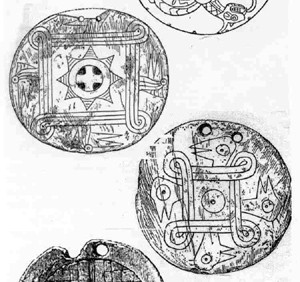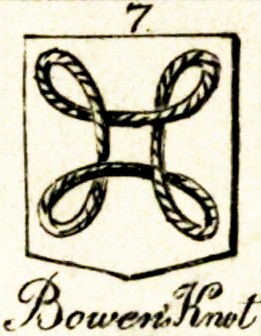syn·site
in fun terms: (exuberant): a "syn-site" is like a superhero of spaces, not stuck in one place or time but zooming across different locations and experiences, both real and virtual. It can be anywhere and everywhere, all at once, juggling a bazillion different things. Picture a super-charged, ultra-connected web of experiences that's constantly evolving and changing. It's like the ultimate party where everyone and everything is invited, from real-world objects to digital ideas, all interacting and influencing each other in a cosmic dance! (whimsical): imagine every place you've ever been, every dream you've ever had, every idea that's ever tickled your brain, all gathered together for a grand cosmic potluck. Each brings their own flavor, their own story, their own essence, creating a delightful, surprising, and sometimes bewildering mélange. That's a syn-site: a cosmic kitchen where reality's recipes get remixed, and the menu is always changing!
in fun terms: (exuberant): a "syn-site" is like a superhero of spaces, not stuck in one place or time but zooming across different locations and experiences, both real and virtual. It can be anywhere and everywhere, all at once, juggling a bazillion different things. Picture a super-charged, ultra-connected web of experiences that's constantly evolving and changing. It's like the ultimate party where everyone and everything is invited, from real-world objects to digital ideas, all interacting and influencing each other in a cosmic dance! (whimsical): imagine every place you've ever been, every dream you've ever had, every idea that's ever tickled your brain, all gathered together for a grand cosmic potluck. Each brings their own flavor, their own story, their own essence, creating a delightful, surprising, and sometimes bewildering mélange. That's a syn-site: a cosmic kitchen where reality's recipes get remixed, and the menu is always changing!
SYN (along with, at the same time | from Greek SYN, with | ~SYNTHETIC) + SITE (N: point of event, occupied space, internet address; V: to place in position | from Latin SITUS, location, idleness, forgetfulness | ~WEBSITE ¬cite ¬sight), cf. SITE/NON-SITE (from Robert Smithson, A PROVISIONAL THEORY OF NONSITES, 1968)
site (n.)
. . . directly from Latin situs "a place, position, situation, location, station; idleness, sloth, inactivity; forgetfulness; the effects of neglect," from past participle of sinere "let, leave alone, permit."
site (n.)
. . . directly from Latin situs "a place, position, situation, location, station; idleness, sloth, inactivity; forgetfulness; the effects of neglect," from past participle of sinere "let, leave alone, permit."
site (n.)
. . . directly from Latin situs "a place, position, situation, location, station; idleness, sloth, inactivity; forgetfulness; the effects of neglect," from past participle of sinere "let, leave alone, permit."
With only a few days left before deadline, the team's bitmap artist Susan Kare started researching for the Apple logo's successor. She was browsing through a symbol dictionary when she came across the cloverleaf-like symbol, commonly used in Nordic countries as an indicator of cultural locations and places of interest [...] Kare states that it has since been told to her that the symbol had been picked for its Scandinavian usage due to its resembling the shape of a square castle with round corner towers as seen from above looking down.
With only a few days left before deadline, the team's bitmap artist Susan Kare started researching for the Apple logo's successor. She was browsing through a symbol dictionary when she came across the cloverleaf-like symbol, commonly used in Nordic countries as an indicator of cultural locations and places of interest [...] Kare states that it has since been told to her that the symbol had been picked for its Scandinavian usage due to its resembling the shape of a square castle with round corner towers as seen from above looking down.
With only a few days left before deadline, the team's bitmap artist Susan Kare started researching for the Apple logo's successor. She was browsing through a symbol dictionary when she came across the cloverleaf-like symbol, commonly used in Nordic countries as an indicator of cultural locations and places of interest [...] Kare states that it has since been told to her that the symbol had been picked for its Scandinavian usage due to its resembling the shape of a square castle with round corner towers as seen from above looking down.

















